Is specialty coffee culture dominated by the US?
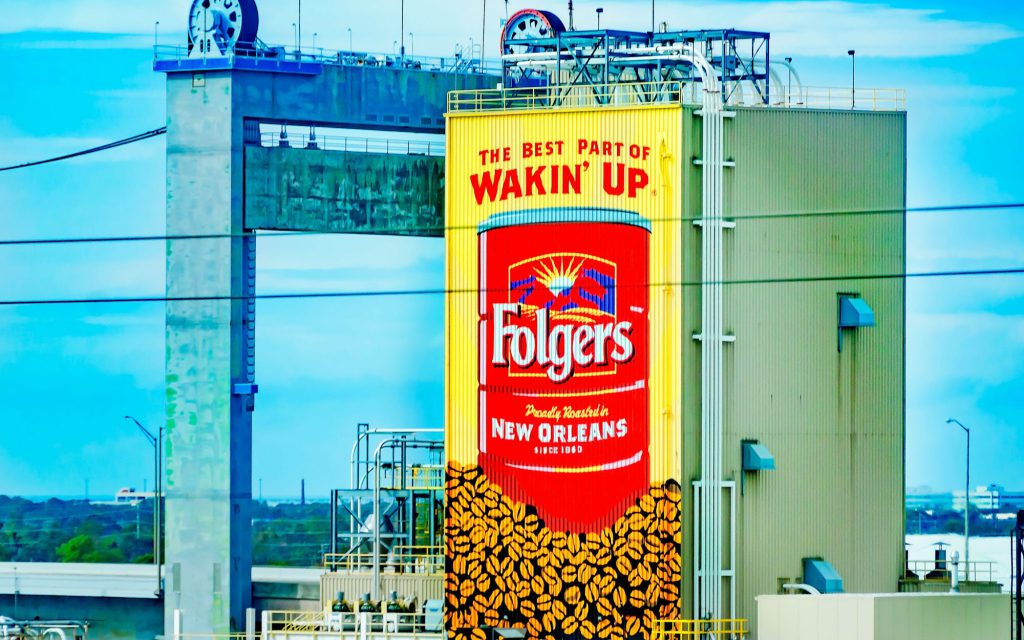
When we think of innovation in specialty coffee, many of the countries that first come to mind are often Scandinavian – and rightly so. Nordic coffee culture has had a huge impact on specialty coffee around the world, with the wide-reaching influence of Scandinavian roasters on sustainable sourcing practices and roast profiles clearly evident in many markets.
Over the past couple of decades, however, we have also seen other countries shape the specialty coffee industry as we know it today. Places like Australia, New Zealand, Japan, South Korea, Taiwan, and the US have all become pioneering forces in specialty coffee – and continue to drive innovation in the sector.
Looking at the US specifically, we can see how popular specialty coffee has become. Many high-quality coffee shops and roasters can be found across the country. Moreover, the buzz surrounding the annual US Coffee Championships is undeniable – making it one of the most exciting national Coffee Championships in the world.
However, at the same time, larger coffee chains like Starbucks remain vastly popular among US consumers – many of whom also brew commodity-grade coffee at home, too.
In line with this, we have to ask: has US coffee culture become synonymous with specialty coffee, or does this statement not ring true?
To find out, I spoke to four coffee professionals from the US and Denmark. Read on for more of their insight.
You may also like our article on whether Nordic specialty coffee roasters are still as innovative as they once were.
A brief history of coffee consumption in the US
As with most consuming countries, coffee was introduced to the US in the 17th century. According to historians, the first mention of coffee in the US dates back to 1668 when either the British or the Dutch brought beans to New Amsterdam (now known as New York).
Coffee houses soon started to open on the East Coast, mostly in New York and Boston. Back then, however, tea was much more popular than coffee – largely thanks to British colonial influence.
But after the Boston Tea Party protest in 1773, many Americans started to drink more coffee. This was when a group of Americans threw 342 chests of British East India Company’s tea into Boston Harbor as an act of protest against high taxes on tea, as well as the trader’s monopoly of the tea market.
In fact, during the American Revolution, it was even considered “unpatriotic” to drink tea as it was so heavily associated with British colonial powers.
Coffee becomes more affordable
Through the 19th, 20th, and 21st centuries, coffee has become a key part of the US’ food and beverage culture.
During the American Civil War, coffee was sometimes consumed by soldiers. However, at the time it was still widely considered as a drink for people of higher social classes.
Just after the beginning of the 20th century, coffee had started to become much more accessible and affordable – but at an unfortunate cost. It was during the Great Depression (which started in 1929) that food banks handed out free coffee and doughnuts.
Following this, many US consumers started to expect cheaper, more accessible coffee wherever they went. Still to this day, in almost every diner across the country, a cup of filter coffee (albeit generally of low quality) is affordable to nearly everyone.
Coffee culture in the US shifted again after the country joined the Second World War in 1941, with Maxwell House coffee issued in soldiers’ ration packs. But it was after the war ended in 1945 that brands started to market coffee in a way that appealed more to traditional nuclear families – ultimately making it a staple of almost every US household.
The power of Starbucks
In the 1970s, as more coffee shops started to open, the second wave of coffee emerged in the US. As people started to spend more time in coffee shops, they quickly became important social spaces – also known as the “third place”.
Defined by sociologist Ray Oldenburg in 1989, the third place is characterised by eight key factors, including:
Neutral ground
A levelling place (meaning no focus on an individual’s social or economic status)
A home away from home
Conversation as the main activity
By far one of the most prominent examples of this in US coffee culture (as well as in other Western countries) is Starbucks. Inspired by espresso bars in Italy, former CEO Howard Schultz sought out to capture the same atmosphere in Starbucks locations across the US.
Schultz once even stated in an interview that “Starbucks serves as a third place between home and work”. Whether he managed to replicate the essence of Italian espresso bars or not is a matter of opinion, but it’s undeniable that Starbucks changed US coffee culture forever.
Another influential figure in US specialty coffee culture is Peet’s Coffee. Founded by Dutch coffee professional Alfred Peet in 1966, the company helped shape the industry’s idea of coffee freshness – with an emphasis on shortening the time period between roasting and brewing coffee.
When did specialty coffee first emerge in the US?
The origins of the term “specialty coffee” can be traced back to a 1974 issue of the Tea & Coffee Journal. In the issue, Norwegian Erna Knutsen (who was working at a coffee brokerage in San Francisco at the time) described the coffee she traded as specialty. This is largely because she was willing to work with smaller roasters, as well as selling much smaller quantities of coffee – similar to direct trade models used today.
Along with 41 other industry professionals who also sold smaller quantities of higher-quality coffee in the US, Knutsen would later go on to form the Specialty Coffee Association of America.
Over the decades that followed, the specialty coffee sector in the US exploded.
Klaus Thomsen is a co-founder of Coffee Collective in Copenhagen, Denmark – a pioneering Scandinavian roaster.
“During the 1990s and early 2000s, the US set the benchmark for the development of the global specialty coffee market,” he says. “Of course, the popularity of specialty coffee started with Starbucks, as it essentially had consumers paying more for a cup of coffee – as well as enjoying it in a space that isn’t work or home.”
However, we need to acknowledge the key role that Nordic roasters have played in the growth of specialty coffee around the world. Since the early 1990s, Scandinavian roasters and coffee shops have been sustainably sourcing and serving high-quality coffee, and thereby shaping Nordic consumers’ behaviour.
In fact, US specialty coffee pioneer Trish Rothgeb paid tribute to the influence of Nordic roasters on specialty coffee. In an article published for the Roaster’s Guild in the early 2000s, she coined the term “third wave coffee”, and pointed to her experience working in the Scandinavian coffee industry as inspiration for the phrase.
Specialty coffee explodes in the US
Rothgeb, co-owner of Wrecking Ball Coffee Roasters in San Francisco, had an instrumental role in shaping the US specialty coffee scene. She was one of the first people – and the first-ever American woman – to become a certified Q grader following the establishment of the Coffee Quality Institute in California.
“The rise of quality-focused, local roasters and coffee shops across the US really paved the way for the development of specialty coffee,” Klaus says. “The level of growth showed how a successful business model can also focus on quality, which was inspirational to specialty coffee companies all over the world.”
Some pioneering specialty coffee brands include:
Stumptown Coffee Roasters in Portland, Oregon – founded in 1999 (acquired by Peet’s)
Intelligentsia Coffee in Chicago, Illinois – founded in 1995 (also acquired by Peet’s)
Blue Bottle Coffee in Oakland, California – founded in 2002 (acquired by Nestlé in 2017)
La Colombe in Philadelphia, Pennsylvania – founded in 1994
Counter Culture Coffee in Durham, North Carolina – founded in 1995
Kosta Kallivrousis is the Sales Manager at Algrano in the US. He agrees that the US has played a huge role in the development of specialty coffee around the world.
“There is no doubt that specialty coffee culture is a modern global phenomenon,” he says. “However, specialty coffee around the world is deeply rooted in the US’ standards and protocols around quality.”
The US’ role in assessing coffee quality
Kosta explains that the US’ influence on evaluating coffee quality hasn’t always been positive.
“Our perception of coffee quality (which is one of the fundamental pillars of specialty coffee) is enforced through a cupping protocol developed by the US,” he tells me.
“Co-opted from the US wine industry, the original 50-point quality scale included defects, which ‘punished’ coffees that weren’t clean, uniform, or sweet.
“We also borrow specialty coffee’s sensory analysis techniques from the US wine industry,” he adds. “It’s basically the idea that flavours should be ‘pure’.”
But that’s not to say that some of these standards aren’t influenced by other coffee markets.
Peter Giuliano is the Executive Director at Coffee Science Foundation, a research division of the Specialty Coffee Association.
“For a long time, the language used to describe drinks in coffee shops came from Italy,” he says. “Many US coffee companies have borrowed this language when developing different drinks, or even used it to create their own language for coffee beverages.”
The role of the US Coffee Championships
Although the idea for the World Barista Championships came from Norwegian coffee professional Alf Kramer, the US Coffee Championships are some of the most innovative and forward-thinking national competitions in the global specialty coffee industry.
Following the first-ever WBC in Monaco, the second edition of the event took place in Miami. Since then, six of the 22 competitions have taken place in the US – more than any other country.
Along with competitors from countries such as Australia, Japan, the Netherlands, Norway, and Denmark, US baristas often showcase some of the most up and coming trends in specialty coffee. This ranges from using dry ice to freeze roasted coffee to using rare coffee varieties and species in their routines.
However, Peter believes that these competitions aren’t necessarily driving specialty coffee culture in the US, but more of an indication of a wider cultural shift.
“At the same time the national Coffee Championships were first being held in the US, the Food Network TV channel was becoming more popular,” he tells me. “This led to a more general growing interest in elevating food and beverage quality.”
So, can we equate US coffee culture with specialty?
In the most recent 2023 National Coffee Data Trends Report, the National Coffee Association found that 65% of US consumers had drunk coffee in the past day – making it more popular than bottled water.
Moreover, the NCA’s and SCA’s latest 2023 National Coffee Data Trends Specialty Coffee Report concluded that 59% of Americans had consumed specialty coffee in the past day – a 2% increase on July 2022. Despite rising inflation and higher prices, this is an indication that specialty coffee consumption is increasing in the US.
Spencer Turer is the Vice President of Coffee Enterprises.
“Today, US consumers are more adventurous with their choice of coffee,” he explains. “At the same time, coffee businesses are more willing to make better purchasing decisions, in terms of social and environmental responsibility.”
It’s evident that the US has a thriving specialty coffee culture, but does this necessarily mean that the country’s coffee sector has become synonymous with specialty?
“The US is still a driver of global specialty coffee culture,” Peter tells me. “However, in the past few years, other influential specialty coffee cultures have emerged across the world, which are very much driven by unique and localised consumer preferences.”
He cites the revival of the whipped dalgona coffee beverage during the pandemic as an example.
“This South Korean coffee beverage took social media by storm, and quickly influenced coffee culture worldwide,” Peter says. “In the US specifically, there was a spike in sales of instant coffee in the US, largely driven by the dalgona TikTok trend.
“Furthermore, US coffee shops also reported massive sales increases of iced and cold drinks also driven by trends in the Asian coffee market,” he adds. “We import as many coffee market trends as we export.”
Looking to other markets
Klaus believes that innovation in specialty coffee is happening in other countries more so than the US.
“Over the past decade, specialty coffee has become such a global phenomenon,” he says. “I see more market development happening in Asia and Europe, as well as in Australia.
“In line with this, I don’t think US coffee culture is synonymous with specialty coffee,” he adds.
Spencer agrees, saying: “The US has forged a leadership role in specialty coffee by striving to be creative and to serve high-quality coffee to the consumer.
“However, over the past few years, other countries have been driving innovation, and the US is no longer leading the global specialty coffee sector,” he adds.
Although it’s certainly safe to say that the US has one of the most prominent specialty coffee markets in the world, it’s clear that other countries are becoming increasingly influential, too.
Turning the question on its head
“In Europe, for example, coffee consumption is part of the culture, but influence is more international,” Kosta says. “Asking the question ‘has the US become synonymous with specialty coffee culture?’ might be better posed as ‘given the US’ financial and cultural investment in developing the market, why don’t we associate it with specialty coffee culture?’”
He explains that during the late 1980s and early 1990s, in a bid to increase coffee consumption among US university students, the International Coffee Organisation provided a US $1.6 million grant to the Specialty Coffee Association of America.
“The ICO could have given that grant to other countries, such as places in Scandinavia,” he adds. “Moreover, companies like Starbucks and Peets were fundamental in developing the US specialty coffee market, but in my opinion, we give them improper credit for developing the framework that we now call specialty coffee.”
There’s no denying the huge impact that the US has had on specialty coffee around the world. At the same time, however, other countries are also making their own mark on the industry.
“Whether it’s in the US or beyond, specialty coffee culture continues to be reinterpreted around the world,” Peter says. “This makes it challenging to define, yet at the same time, makes it more vibrant and interesting to explore.”
Enjoyed this? Then read our article on the history of the US coffee shop.
Perfect Daily Grind
Want to read more articles like this? Sign up for our newsletter!
The post Is specialty coffee culture dominated by the US? appeared first on Perfect Daily Grind.
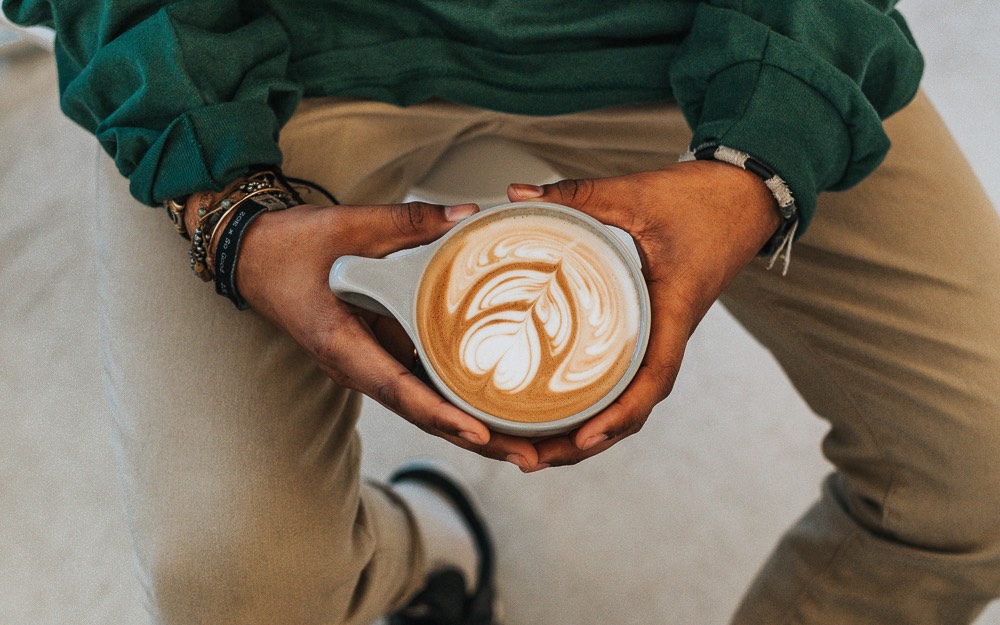
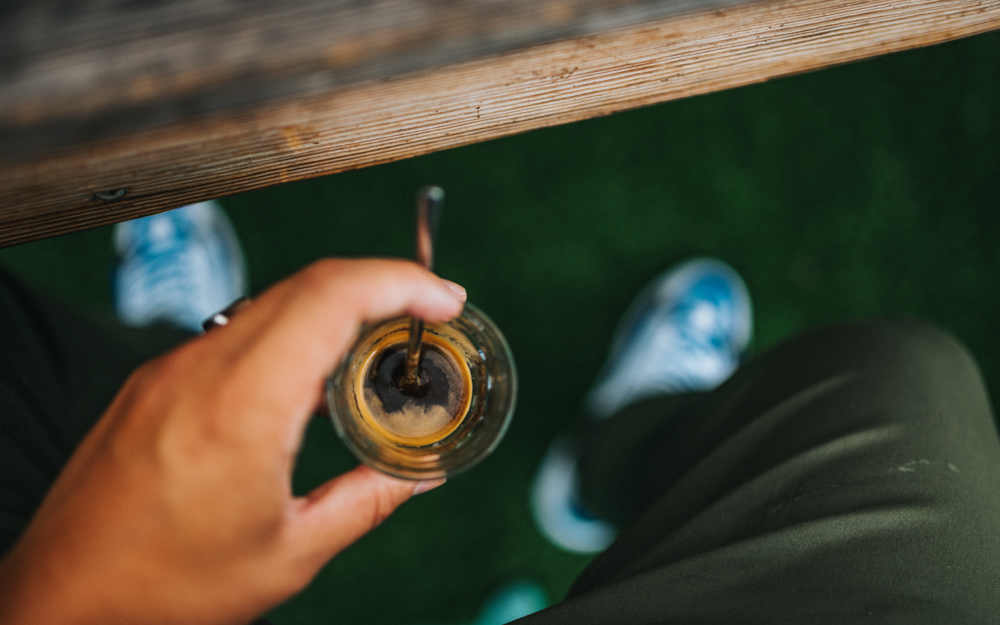
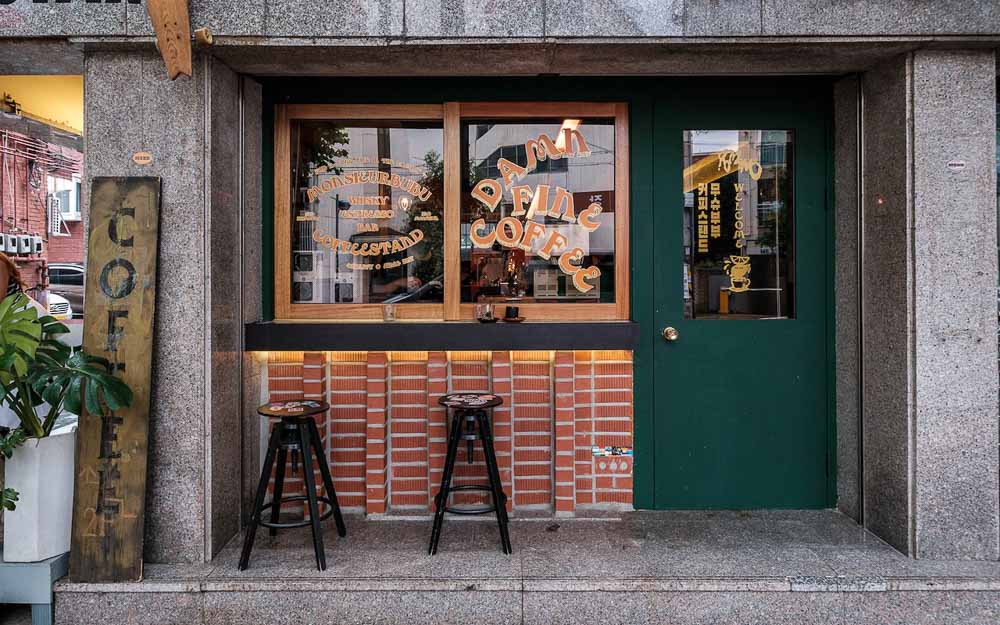
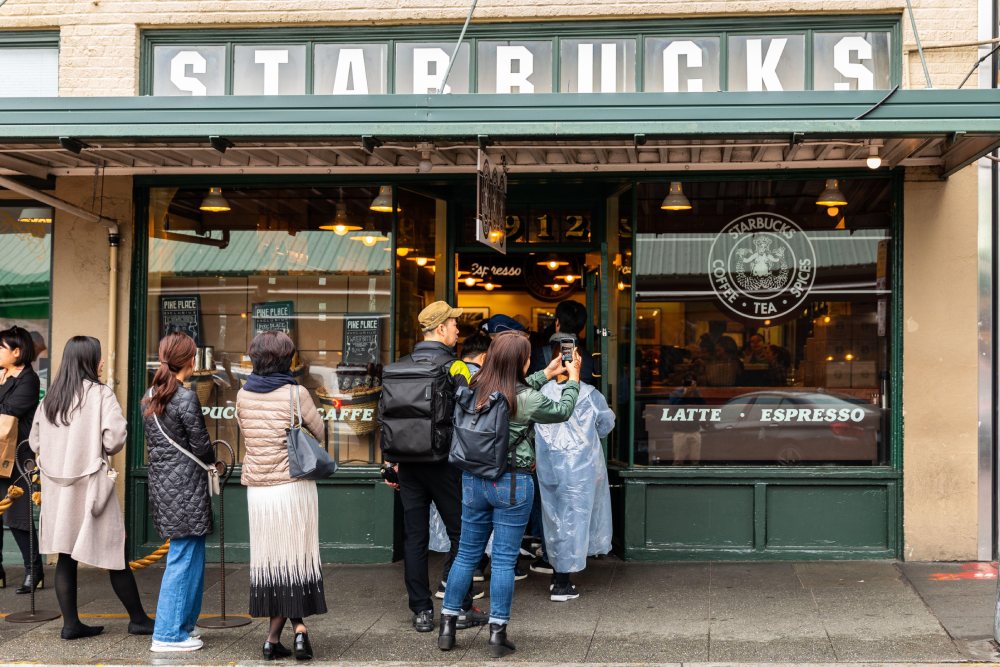
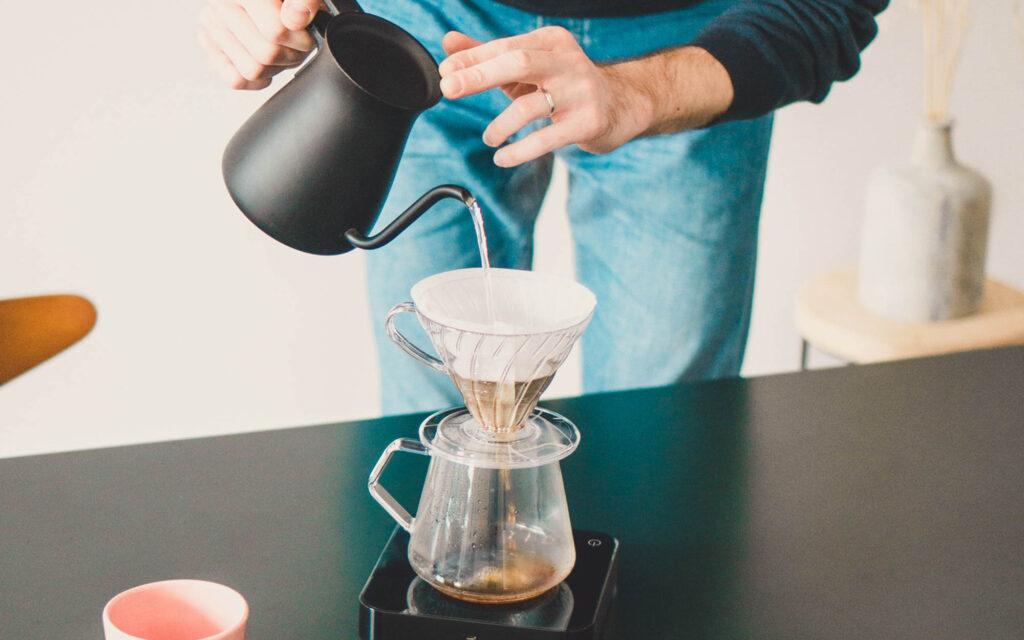
Responses